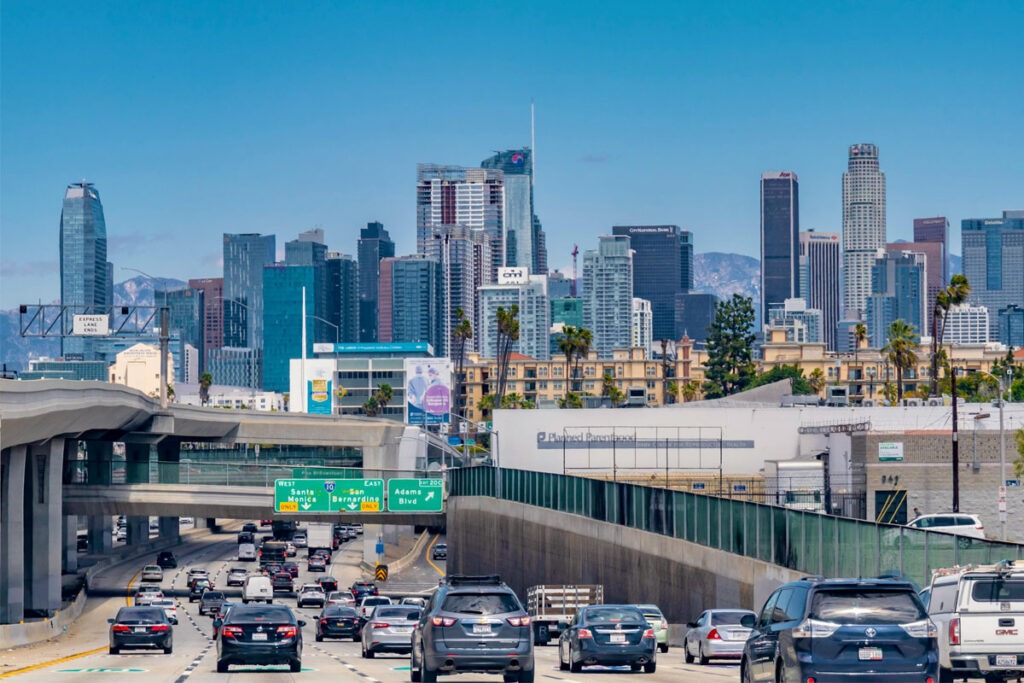Proposal to Raid Active Transport Funds for More Highway Expansion

Sacramento, California
California is only a state, not a nation. But it’s important for many reasons. It’s the most populous and wealthy state in the USA. In fact, if it were a nation, its economy would rank fifth in the world, only behind the USA, China, Japan and Germany but ahead of the UK and India. Being the home of Hollywood, it also has huge global media and cultural influence.
If you follow USA news and politics, you’d be aware that California is usually talked about as a progressive state.
It typically elects “progressive” state governors. It’s usually ranked at or near the top of the USA state ranking tables for environmental measures such as the amount of renewable energy generated, or the number of electric vehicles sold.
Therefore if you’re an advocate for micromobility, you’d be excused for being disappointed to learn that even in 2024, the current Governor of California, Gavin Newsom of the Democratic Party, wants to strip virtually all of the budget of the state’s Active Transportation Program, so that he can re-allocate this money to more road widening and motorway construction.
Such a decision would not be surprising if it were made by the governors of many of the USA’s ‘deep red’ (conservative) states, although most of those states would not have an Active Transportation budget to raid in the first place. But Governor Newsom’s record during his five years in office so far has been relatively progressive by USA standards, including making zoning for housing more amenable for higher density development and eliminating minimum parking requirements for housing near mass transit stations.
It appears that the governor does not have the power to make decision to raid the active transportation budget unilaterally. It will require a majority of members of both houses of California’s state parliament in Sacramento to vote for the plan in order for it to be passed.
The following information is excerpts from an opinion piece in the Los Angeles Times written by Michael Schneider founder of Streets for All which is a Los Angeles based transport advocacy organisation.
California has ambitious climate goals: By 2045, the state wants to cut greenhouse gas emissions by 85%, drop gas consumption 94% and cut air pollution 71%. The largest source of greenhouse gas emissions in California is the transportation sector, with passenger vehicles making up the largest portion of that.
The state is facing a huge budget shortfall and needs to close a deficit of about $45 billion (A$67.5 billion). The governor proposed to do that through broad cuts and reallocations, including shifting about $600 million (A$900 million) from the Active Transportation Program, which encourages biking and walking, toward future highway programs instead.
The state government spends about $33 billion (A$49.5 billion) a year on transportation, more than ever before. More than half of that, $18 billion (A$27 billion), goes to the California Department of Transportation, which is spending billions of dollars to widen highways. According to a recent Natural Resources Defence Council study, most transportation spending in the state still goes toward projects that increase greenhouse gas emissions, especially widening highways.
In addition to routinely approving new highway widenings, the California Transportation Commission also runs the state’s most climate-friendly transportation initiative, the Active Transportation Program. It funds things like bike lanes and pedestrian safety improvements. A report from the program last year said it “remains oversubscribed and grows increasingly competitive each cycle.” In other words, cities are desperate for resources to make their streets safer and more suited to biking and walking — helping people leave their car at home for some trips — but local alternatives to driving increasingly have to compete with each other for resources from the state.
In Los Angeles, a pedestrian is injured every five hours and killed every two days, one of the highest rates in the nation.
